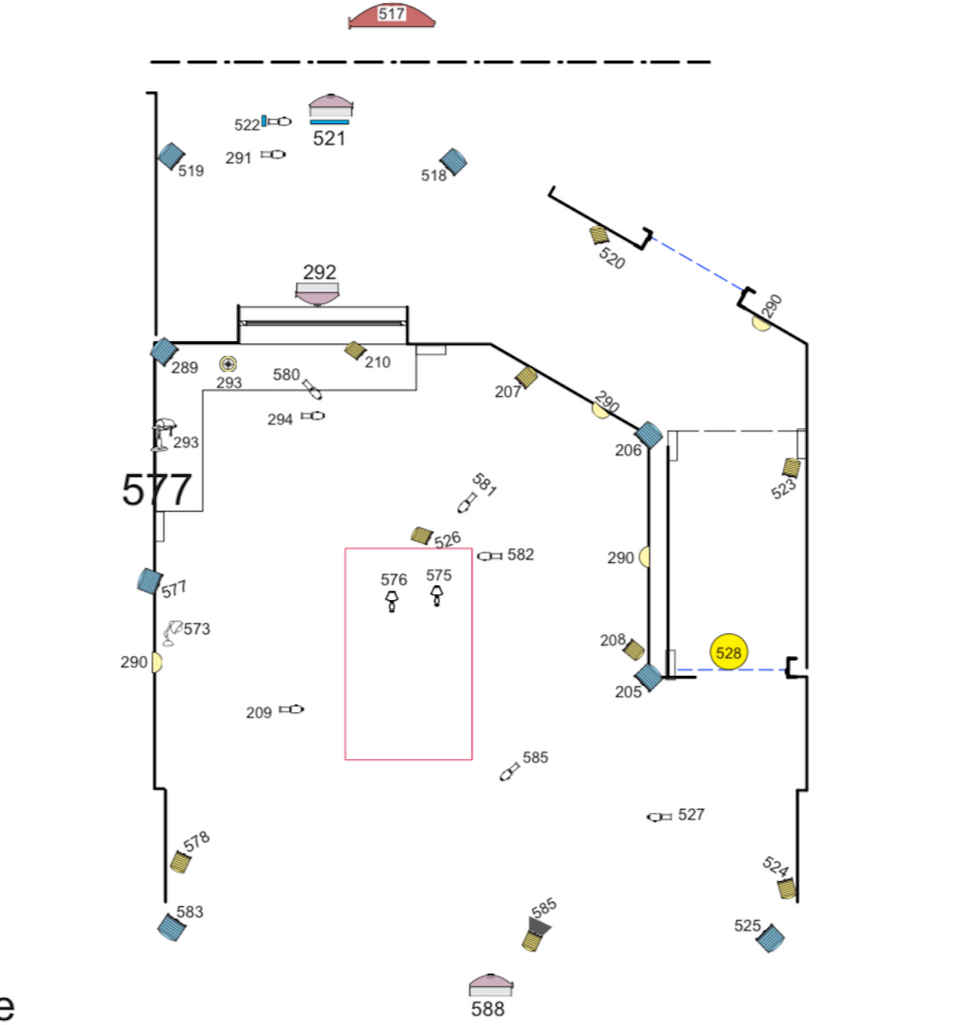
Written by Gary Baum
Since I Love Lucy debuted on CBS in 1951, the Multi-Camera format has defined the comedy genre on television. Desi Arnaz and Lucille Ball created the format along with Karl Freund, ASC.
Their original intention was to film the comedy series with 3 cameras shooting simultaneously in front of an audience. The successful format has endured for almost 75 years, with of course updated modern technology .
Now we shoot with digital 4k format in 1:78 to achieve a 16×9 view, which is compatible for network and streaming delivery. With most studio audience shoots, such as Frasier, we use four Sony VENICE cameras with Panavision primo zoom lenses, maintained by my DIT. I shoot in S-log utilizing an on set LUT created by my Video Control operator.
Since the comedy is shot proscenium style to incorporate the full effect of watching the entire scene without breaks, it affords the audience the experience of a theatrical performance and the actors with a live feedback that isn’t available on other formats.

Four cameras are blocked to capture all required angles; wide, medium, overs, two shots, singles etc.
The cameras are constantly moving to predetermined queues which require different focal lengths and angles. A typical four minute scene can incorporate 40 to 50 shots. It’s a ballet of sorts, and quite the visual experience onto itself.
Lighting for the multi-camera experience is a world onto it’s own. We must light from above without any lights on the stage floor to impede the camera’s movement. Every scene is lighted for four cameras, as we don’t have the luxury of lighting for multiple setups within a scene as with a feature or single camera TV.
For a typical five day work week, the first production day starts with a production meeting followed by a table read, and usually a light rehearsal. Hopefully the sets are up and we can start our lighting. We start the “heavy lifting” of using our larger units placing them for cross back keys and to entrance points. We use fresnel incandescent units for their throw ability as these lights can be 20 plus feet away from the intended target. I carry custom engineered LED “Obie” lights on each camera.
The second day is another rehearsal with a producer run through. At this stage, we can see the actors’ movements which then we can address with our smaller lights and some fill ratios. The third day, is rehearsal again, dealing with some script re-writes and actors movements with a final studio run through. At this point we can hopefully finish our broad lighting palate.
The fourth day is the first of two camera days. All four cameras on dollies and or pedestals arrive for the director’s blocking with line queues facilitated by a camera coordinator.

On this day we try to finish our actors’ lighting and polish our architectural lighting ie; practicals, sconces, etc. Many of these days we’ll pre shoot a scene or two because of guest actor availability, to release a set that is not in view of the audience, for single camera style coverage, or for children and animal performances.
All through the process we have to maintain as many as seven sets at once. We have monitors and a quad split with switching availability between each camera to view each shot simultaneously.
On the fifth day our audience day starts with a final rehearsal for actors and cameras dealing with re-writes and maybe some re-blocking before a break for touch ups and a crew meal.
Typically the audience files in to stadium style seating while being entertained by a warmup person with a DJ.
It is a theatrical experience for everyone. Show starts at 6 PM with cast intros.
At this point our lighting is done. Occasionally there are things to attend to, such as a re-block or a lamp burn out, but generally things go smoothly, and we all experience a fun evening. Typically a show will be three to four hours in length.
The next day, the process starts anew on our next episode.
After editing, the episode is cut down to 22 to 35 minutes and then I will go to post color and work with my colorist for final delivery.
Since I like to laugh, this is a fantastic medium to work in!
Author: Guest Author
This article comes from No Film School and can be read on the original site.
